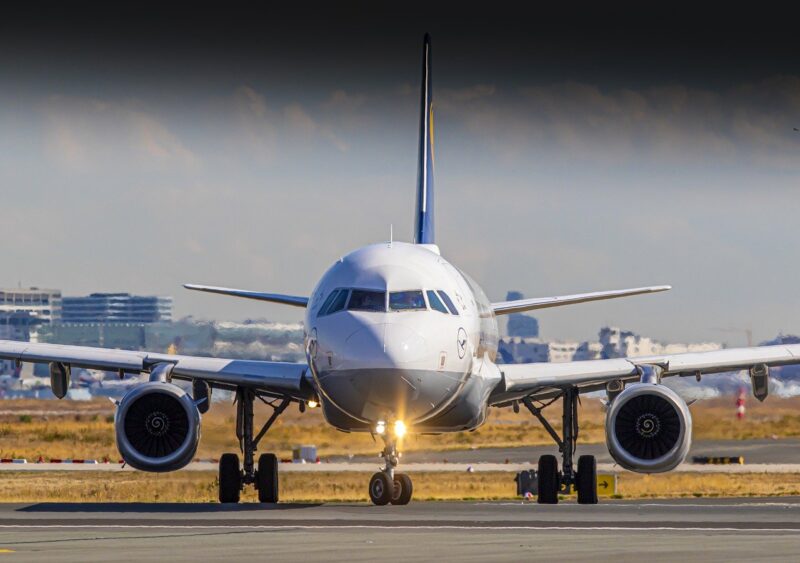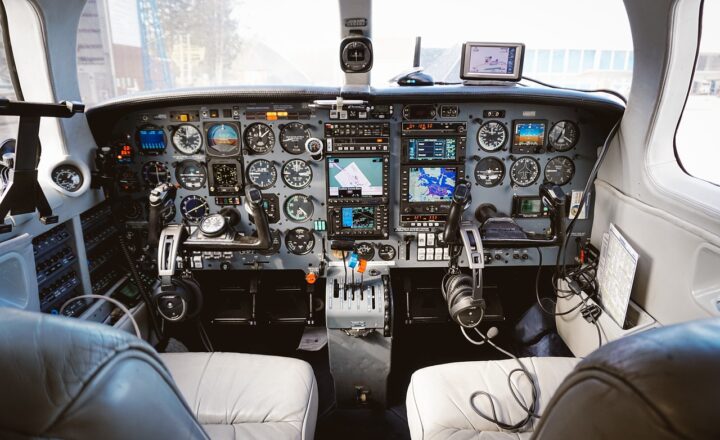
The mysterious disappearance of Amelia Earhart remains one of the most enduring enigmas in aviation history. In July 1937, Earhart, a pioneering aviator and the first woman to fly solo across the Atlantic Ocean, vanished while attempting to circumnavigate the globe. Despite extensive searches and numerous theories, the fate of Earhart and her navigator, Fred Noonan, has eluded historians and enthusiasts for decades. Recent discoveries and technologies have reignited interest in her disappearance, prompting a reevaluation of what might have happened during that ill-fated flight.
1. The Background of Amelia Earhart’s Final Flight
Born on July 24, 1897, Amelia Earhart was not only an aviation trailblazer but also a symbol of women’s empowerment in a time when female pilots were exceedingly rare. By 1937, she had completed some of the most challenging flights of her time and was determined to complete a circumnavigation of the globe, a feat that would enhance her status and legacy.
On June 1, 1937, Earhart and Noonan began their ambitious journey, taking off from Miami, Florida. They successfully reached several destinations, including South America and Africa, before heading to the vast expanse of the Pacific Ocean. The most treacherous leg of their journey was navigating from Lae, New Guinea, to Howland Island, a tiny atoll in the central Pacific, measuring just 1.5 miles long.
2. The Fateful Flight: What Went Wrong?
On the morning of July 2, 1937, Earhart and Noonan took off from Lae under challenging weather conditions. The flight, which was to last approximately 18 hours, encountered radio difficulties and, more critical, navigational challenges. Earhart made several radio transmissions to the Coast Guard that indicated she was lost and low on fuel as she approached Howland Island.
Despite the U.S. Coast Guard’s efforts to locate the aircraft, including a major search operation that covered thousands of square miles of ocean, no trace of Earhart, Noonan, or their Lockheed Electra was found. The massive search efforts were called off less than two weeks later, leading to widespread speculation and multiple theories about their fate.
3. Theories Surrounding Earhart’s Disappearance
Theories about what happened to Amelia Earhart range from plausible to far-fetched. Some of the most notable include:
– Crash and Sink: The prevalent theory is that Earhart and Noonan simply crashed into the ocean, unable to reach Howland Island due to fuel shortages.
– Japanese Capture: Another theory speculates that Earhart was captured by Japanese forces after landing on an island, possibly as a spy due to escalating tensions in the Pacific.
– Survivors on Gardner Island: Some believe that Earhart and Noonan landed on Gardner Island (now Nikumaroro), where they survived for a time before ultimately succumbing to the harsh conditions, leading to speculation surrounding their possible graves.
These theories have spurred countless expeditions, investigations, and announcements, but none have conclusively solved the mystery of what happened to Earhart.
4. Recent Discoveries Fueling New Investigations
In recent years, advances in technology and new discoveries have reignited interest in the case and provided potential breakthroughs. Some key findings include:
– The Search for Evidence on Nikumaroro: Several expeditions to Nikumaroro, led by The International Group for Historic Aircraft Recovery (TIGHAR), have unearthed artifacts that suggest a human presence on the island following Earhart’s disappearance. Items such as a piece of aluminum that could match Earhart’s Electra and a possible woman’s shoe have fueled theories that she landed there and lived for some time.
– Improved Research Technology: Recent studies utilizing underwater drones and enhanced sonar technology allow researchers to explore previously inaccessible areas of the Pacific Ocean. This technology increases the hope of locating the wreckage of the Electra.
– Forensic Analysis of Artifacts: Analytical techniques have emerged that could allow forensic scientists to determine more about the age and origin of artifacts found in the Pacific, potentially linking them to Earhart and Noonan.
While these developments do not provide a definitive answer, they have helped transform the discourse surrounding Earhart’s fate, giving credence to the possibility that more evidence may surface in the future.
5. The Legacy of Amelia Earhart
Amelia Earhart’s legacy transcends her untimely disappearance. She became a beacon of hope and inspiration for women in aviation, business, and beyond. Her courageous spirit, determination, and relentless pursuit of personal and professional freedom paved the way for future generations of female aviators. Earhart’s influence on aviation continues to be celebrated through various organizations, scholarships, and monuments dedicated to her achievements.
The intrigue surrounding her disappearance serves as both a reminder of the challenges faced by early pilots and the ongoing quest to shed light on unfinished stories in history. In many ways, Amelia Earhart is a symbol of unresolved mysteries—her relentless pursuit of adventure resonates with adventurers and dreamers alike.
6. Conclusion: The Search Continues
As interest in the enigma of Amelia Earhart continues, every new discovery and innovative technology brings us one step closer to potentially uncovering the truth. Whether Earhart and Noonan met their fate in the uncharted waters of the Pacific or found a refuge on an isolated island, the mystery of their disappearance continues to captivate the imagination of historians, researchers, and the public alike.
As we move forward into a new era of exploration and discovery, we may one day find answers to the long-held questions surrounding this tragic event. Until then, the search for Amelia Earhart remains a poignant testament to the human spirit of adventure and the quest for knowledge in the face of uncertainty.






